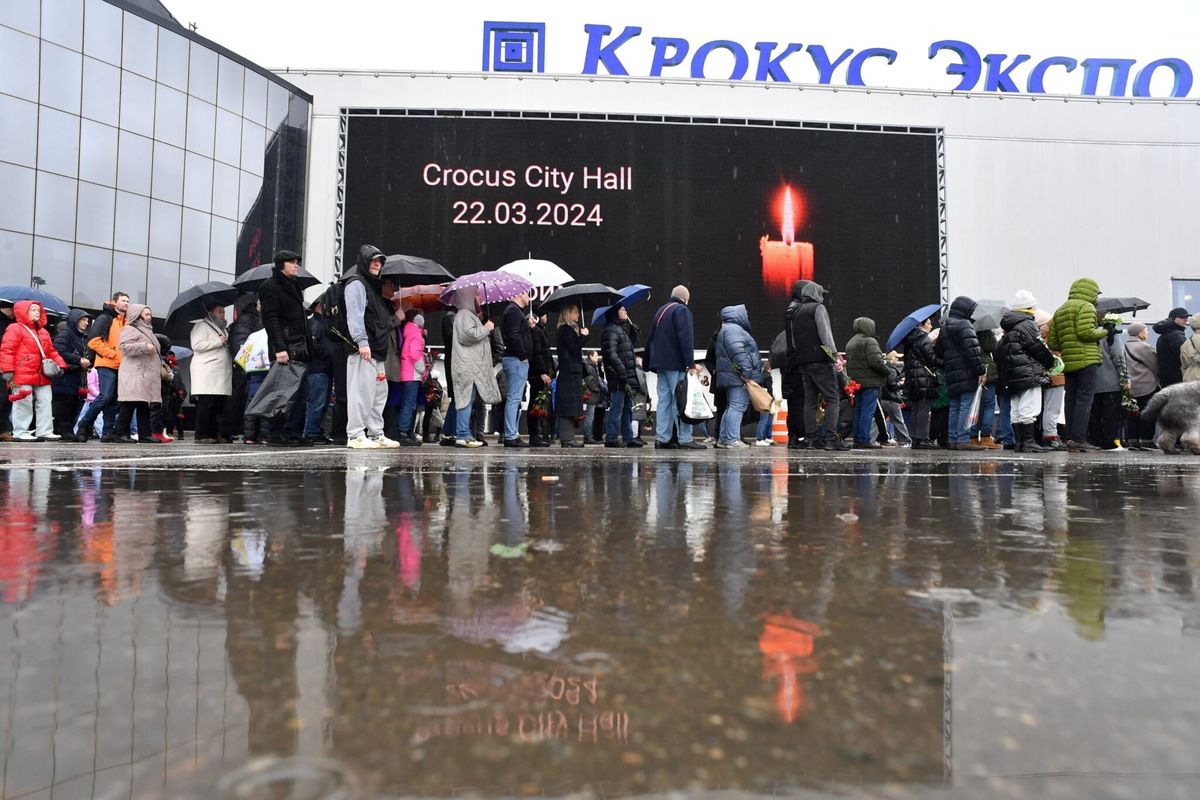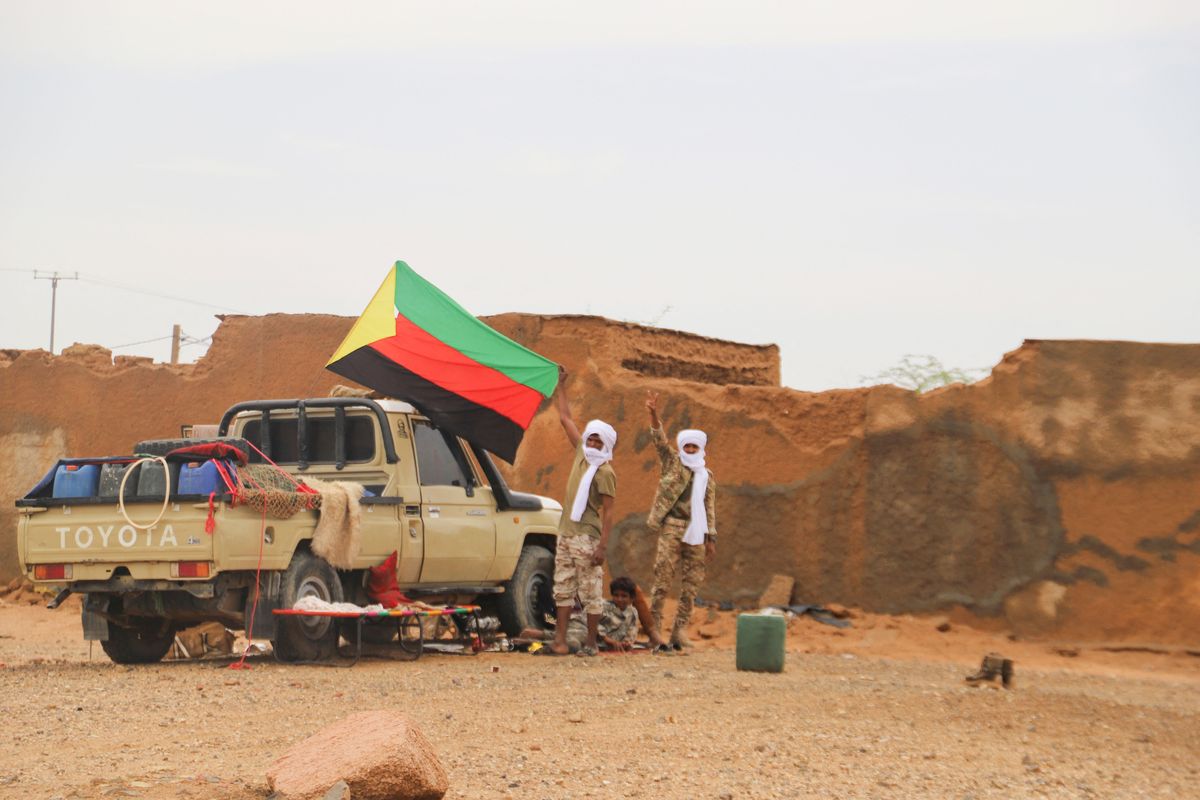Like a divorced couple in a bitter custody battle, al Qaeda and the Islamic State’s (ISIS) leaders can’t help but to denounce each other in the ugliest of terms. In the latest salvo, AQ chief Ayman al-Zawahiri said earlier this month ISIS’ leaders are “officers…of Saddam” and anyone who swears allegiance to its leader, Abu Bakr al-Baghdadi, “must know that he’s a partner in all his crimes.”
This latest rhetorical skirmish—derisively calling ISIS personnel ex-Baathists—indicates real, deep-seated animosity. It further underscores the lack of unity among the two largest transnational Sunni terror groups on the planet. This is especially odd, since these groups have generally similar goals and outlook. So why haven’t they—in all their forms and iterations over the last few years—buried the hatchet and merged to create one terror mega-organization?
There have been numerous rationales advanced over the years from a doctrinal, strategic, or tactical perspective, but it probably just boils down to this: everyone’s ego. No one really wants to play second fiddle to the other because all parties believe they are personally leading the worldwide jihad.
This conflict of titanic egos dates back before even 9/11. In 2000, the man who would come to lead ISIS’ predecessor groups, Abu Musab al-Zarqawi, visited Osama bin Laden in Afghanistan. At the time, Bin Laden asked Zarqawi to pledge bayat, or allegiance, to him. Always the impetuous hothead, Zarqawi—a Jordanian of little importance, money, or training—refused to do so. Despite this breach of etiquette, Zarqawi was nonetheless able to secure some funds to found a training camp in Herat, Afghanistan, far from AQ’s camps.
When 9/11 and the subsequent U.S. invasion occurred—and the Taliban and AQ made their way across the border into Pakistan, Zarqawi and his group, cut off from the rest of his terrorist confederates, fled west into Iran. To make a long story short, Zarqawi went on to become the biggest Sunni terrorist in the Middle East for a number of years following the U.S. invasion of Iraq until his death in summer 2006.
Certainly, he eventually pledged allegiance to bin Laden, but only did so in late 2004, after over a year of causing mayhem throughout Iraq and neighboring countries without any help from bin Laden. But even after 2004, Al Qaeda in Iraq (AQI) had always operated pretty much independently from AQ Core, pursuing its own agenda and eventually morphing into what is known today as the Islamic State.
Even within Iraq, leaders’ egos undermined the long game, this time between Zarqawi and another jihadist group, the Kurdish al Qaeda-linked group, Ansar al-Sunnah. For a while following the Iraq invasion, Ansar al-Sunnah—formerly and currently known as Ansar al-Islam—was as important as Zarqawi’s network. It was their “poison and explosive training center camp” in northeastern Iraq that Secretary of State Colin Powell claimed at the UN that Zarqawi founded—a claim that was later found to be incorrect. Ansar al-Sunnah also carried out the single worst attack on U.S. forces during the occupation—the 2004 suicide bombing of Forward Operating Base Marez near Mosul that killed 22 service members and contractors.
These two groups had much in common as well, yet they would not merge. Why? Mainly because Zarqawi insisted on leading the combined organization. Yet the Kurdish leadership of Ansar al-Sunnah found it galling that this foreigner, who had no religious training or authority, would have the nerve to come in and tell them how to run their own personal jihad. They had been in the fight years before Zarqawi showed up, so why should they cede power to this Jordanian? So the long-expected merger between two AQ-linked groups never occurred.
Even today, one can see how egos play out. It takes a special kind of moxie to unilaterally declare a “caliphate” and one’s chief to be the leader of the world’s Muslims. Al Qaeda certainly never had the nerve to do so. Yet Zarqawi’s group has done it—twice. Beyond Abu Bakr al-Baghdadi’s 2014 declaration, most folks forget that, following Zarqawi’s death, his successors Abu Ayyub al-Masri and Abu Umar al-Baghdadi declared the resurrected caliphate. At the time, no one really noticed.
All this behavior indicates the folks in Iraq, to use a terrible analogy, play poorly in the sandbox with others.
This doesn't mean there isn't some level of informal relationships built between the groups on the ground. Al Qaeda and ISIS personnel have certainly worked together in Syria but also have fought each other. The Charlie Hebdo killers declared for both al Qaeda in the Arabian Peninsula (AQAP) and ISIS. A good number of ISIS killers appear to have been radicalized by none other than AQAP propagandist and recruiter Anwar al-Awlaki, despite his death-by-missile in 2011.
Perhaps this is a distinction without a difference; maybe it only matters to a select group of radical Islamic preachers and counterterrorism analysts. After all, push any individuals who actually kill for either al Qaeda and ISIS, and chances are their ability to discern deal-breaking philosophical differences is slim. And based on the terror attacks of all shapes and sizes over the last few years, the Islamic State is crushing its jihadist competitors.
Nonetheless, the U.S. should keep making sure the terrorist groups remain divided, and murderously suspicious of each other. Causing fitna, or internal discord, among “the brothers” is a great way to keep these groups paranoid and distrustful. But it appears, due to their titanic egos, al Qaeda and ISIS’ leaders are keeping fitna on the front burner anyways.
To return to the bitter custody battle analogy, both sides remain so vested in their own particular self-righteousness that they are blind to the damage they are inflicting on themselves and their cause.
That’s good for America.












